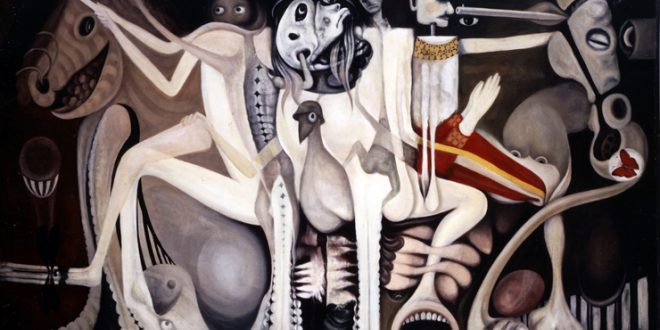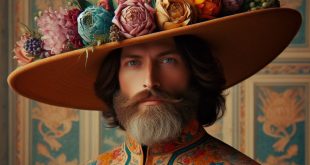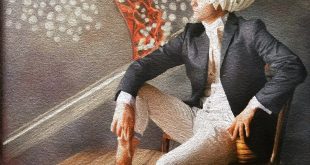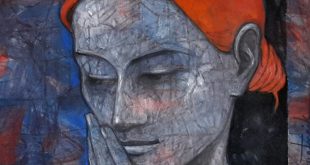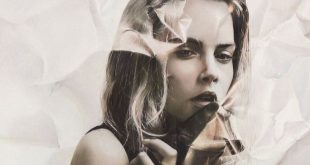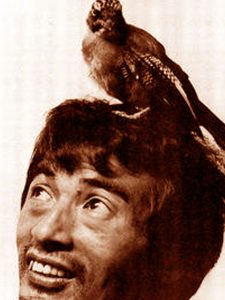 A surrealist painter associated with the postwar avant-garde art movement in Japan
A surrealist painter associated with the postwar avant-garde art movement in Japan
Although he painted hundreds of canvases, he avoided seeking commercial success, surviving economically as an artist thanks to his wife’s beautician earnings. In 1953, he joined many young artists to form the Young Artists’ Alliance art cooperative, which for three years held exhibitions and published a magazine entitled Art of Today. In 1976, Kikuji Yamashita https://www.tate.org.uk/art/artworks/yamashita-deification-of-a-soldier-t15021 was the subject of a documentary film by Shinkichi. At the Pompidou Center in Paris, before his death some of his paintings were included in the major international exhibition Avant-Garde Arts of Japan 1910-1970. In 2010, Linda Hoaglund featured his paintings in a documentary film.
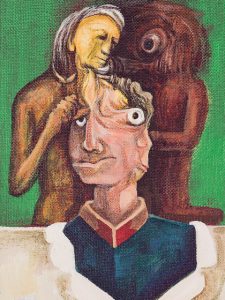 In 1962, he held his first solo show.
In 1962, he held his first solo show.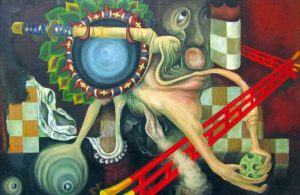 Kikuji Yamashita https://visualizingcultures.mit.edu/protest_art_50s_japan/anp1_essay04.html was born in 1919 in Miyoshi, located in Japanese Tokushima Prefecture, where Shikoku Mountains have steep slopes subject to landslides and rockfalls. Graduated from Takamatsu Crafts High School in 1938, he moved to Tokyo, where began studying under Japanese Surrealist painter Ichirō Fukuzawa, knowing work of Max Ernst and Hieronymus Bosch. In 1970, he wrote an essay relating to his war years, including the guilt he felt for his actions at the time.
Kikuji Yamashita https://visualizingcultures.mit.edu/protest_art_50s_japan/anp1_essay04.html was born in 1919 in Miyoshi, located in Japanese Tokushima Prefecture, where Shikoku Mountains have steep slopes subject to landslides and rockfalls. Graduated from Takamatsu Crafts High School in 1938, he moved to Tokyo, where began studying under Japanese Surrealist painter Ichirō Fukuzawa, knowing work of Max Ernst and Hieronymus Bosch. In 1970, he wrote an essay relating to his war years, including the guilt he felt for his actions at the time.
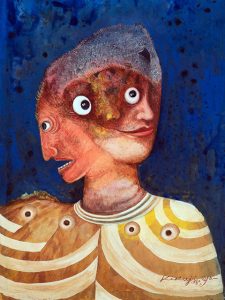
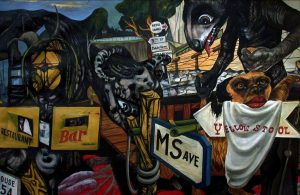 In 1939, Kikuji Yamashita https://artfacts.net/artist/kikuji-yamashita/129395 enter Japanese army, and fight in China. Having survived the war and living with the memories of his experience of him in wartime, he generated a personal opposition to the war, which was reflect in his art. In the late 1960s, he was still painting surrealist paintings that criticized the presence of US military bases on Japanese soil. In 1974, he founded an art collective called Ichirō Fukuzawa, with which he stayed until 1984, coming out of it with health problems. Numerous galleries and museums, such as the National Museum of Contemporary Art Korea, have presented his work.
In 1939, Kikuji Yamashita https://artfacts.net/artist/kikuji-yamashita/129395 enter Japanese army, and fight in China. Having survived the war and living with the memories of his experience of him in wartime, he generated a personal opposition to the war, which was reflect in his art. In the late 1960s, he was still painting surrealist paintings that criticized the presence of US military bases on Japanese soil. In 1974, he founded an art collective called Ichirō Fukuzawa, with which he stayed until 1984, coming out of it with health problems. Numerous galleries and museums, such as the National Museum of Contemporary Art Korea, have presented his work.
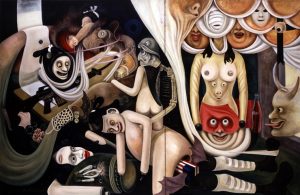 After the war, Kikuji Yamashita https://www.sadiecoles.com/exhibitions/195-yamashita-kikuji/press_release_text/ participated in the formation of the Japan Art Association, dedicating himself to the production of works of art inspired by socialist realism; he helped found the Avant-Garde Art Society, an avant-garde artistic collective aligned with the Japanese Communist Party. Depending on the size and medium of the artwork, his works were offer at auction with prices ranging from $ 1,871 to $ 11,720.
After the war, Kikuji Yamashita https://www.sadiecoles.com/exhibitions/195-yamashita-kikuji/press_release_text/ participated in the formation of the Japan Art Association, dedicating himself to the production of works of art inspired by socialist realism; he helped found the Avant-Garde Art Society, an avant-garde artistic collective aligned with the Japanese Communist Party. Depending on the size and medium of the artwork, his works were offer at auction with prices ranging from $ 1,871 to $ 11,720.
 In 1952, to galvanize peasants into forming a militant resistance movement against a dam, Kikuji Yamashita https://www.artland.com/artists/kikuji-yamashita and other artists went to the village of Ogōchi, where he produced surrealist oil paintings relating to the struggling life of peasants. During this time, he painted The Tale of Akebono Village, a painting depicting an activist lying in a pool of blood and a hanged grandmother, along with villagers depicted as animals. He was a bird lover and even kept owls as pets in his home, where he died in November 1986.
In 1952, to galvanize peasants into forming a militant resistance movement against a dam, Kikuji Yamashita https://www.artland.com/artists/kikuji-yamashita and other artists went to the village of Ogōchi, where he produced surrealist oil paintings relating to the struggling life of peasants. During this time, he painted The Tale of Akebono Village, a painting depicting an activist lying in a pool of blood and a hanged grandmother, along with villagers depicted as animals. He was a bird lover and even kept owls as pets in his home, where he died in November 1986.
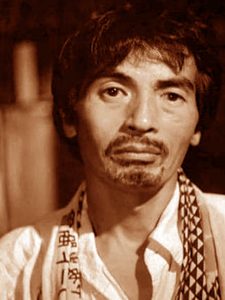 To broaden your horizon of knowledge about other painters, you can type http://meetingbenches.com/category/paintings/. The sole purpose of this site is to spread the knowledge of these artists and that other people enjoy their works. The property of the images that appear in this blog correspond to their authors.
To broaden your horizon of knowledge about other painters, you can type http://meetingbenches.com/category/paintings/. The sole purpose of this site is to spread the knowledge of these artists and that other people enjoy their works. The property of the images that appear in this blog correspond to their authors.
 Meeting Benches World art in all forms
Meeting Benches World art in all forms
